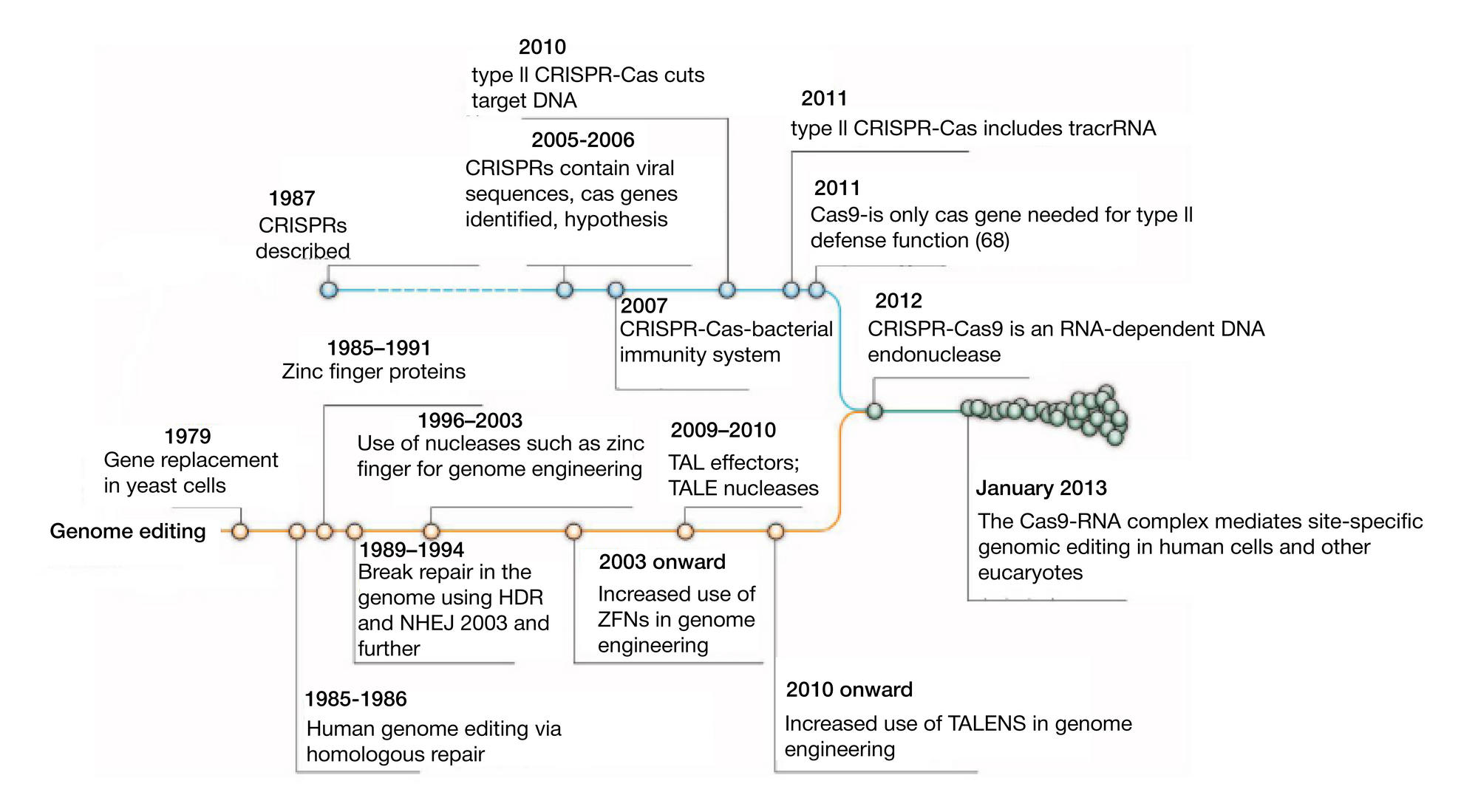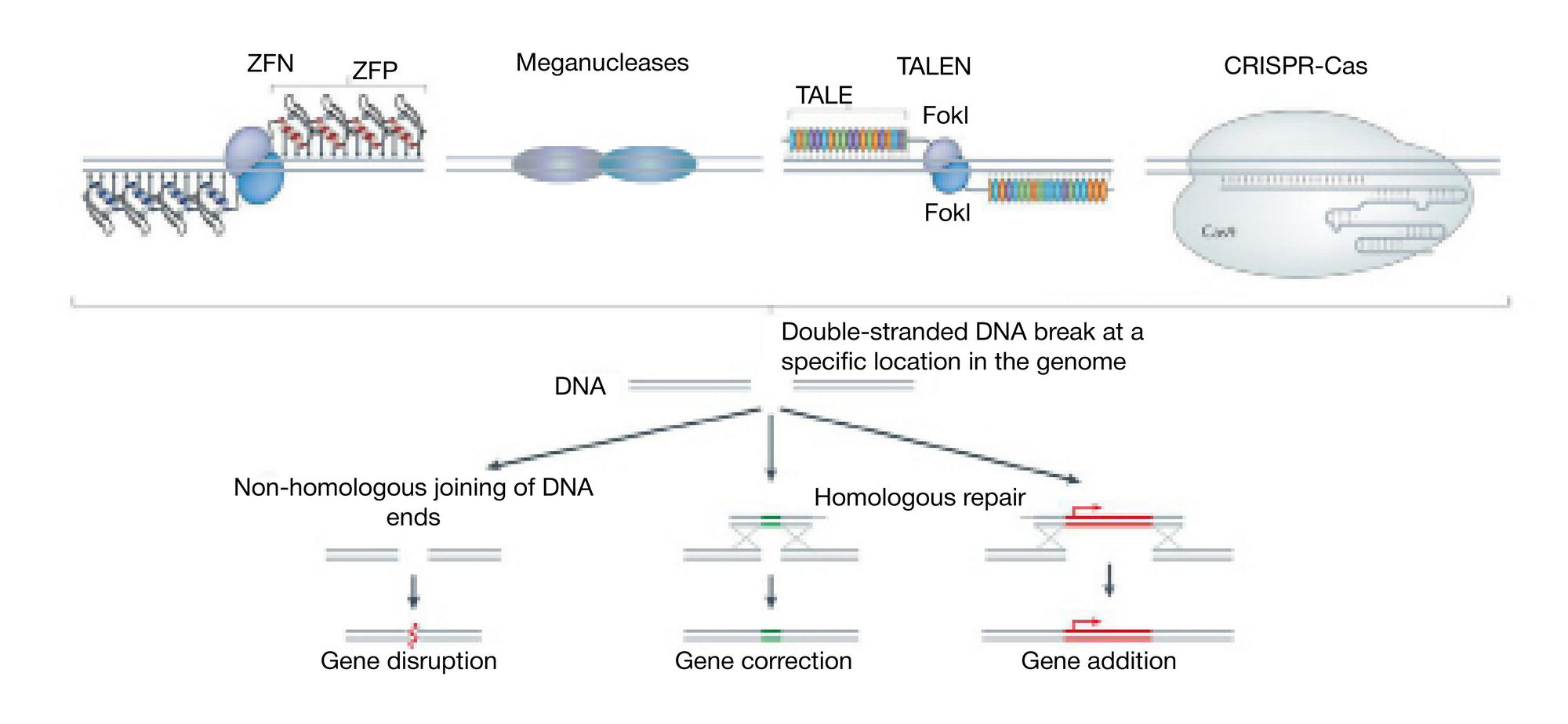
ISSN Print 2500–1094
ISSN Online 2542–1204
BIOMEDICAL JOURNAL OF PIROGOV UNIVERSITY (MOSCOW, RUSSIA)

1 Pirogov Russian National Research Medical University, Moscow, Russia
2 Kulakov Federal Research Center for Obstetrics, Gynecology and Perinatology, Moscow, Russia
3 Vavilov Institute of General Genetics, Russian Academy of Sciences, Moscow, Russia
Correspondence should be addressed: Denis V. Rebrikov
ul. Ostrovityanova, d. 1, Moscow, Russia, 117997; moc.liamg@vokirberd


